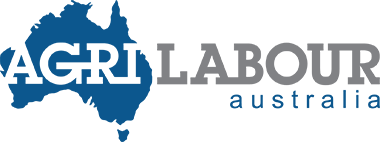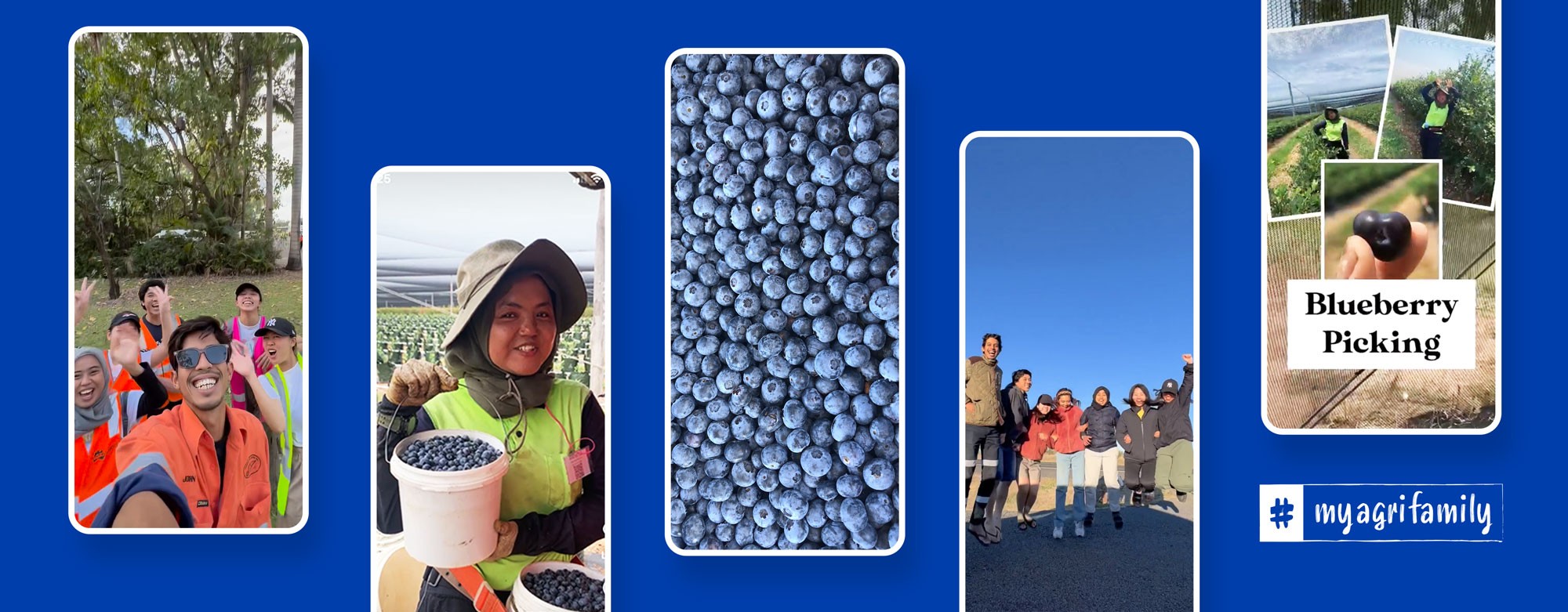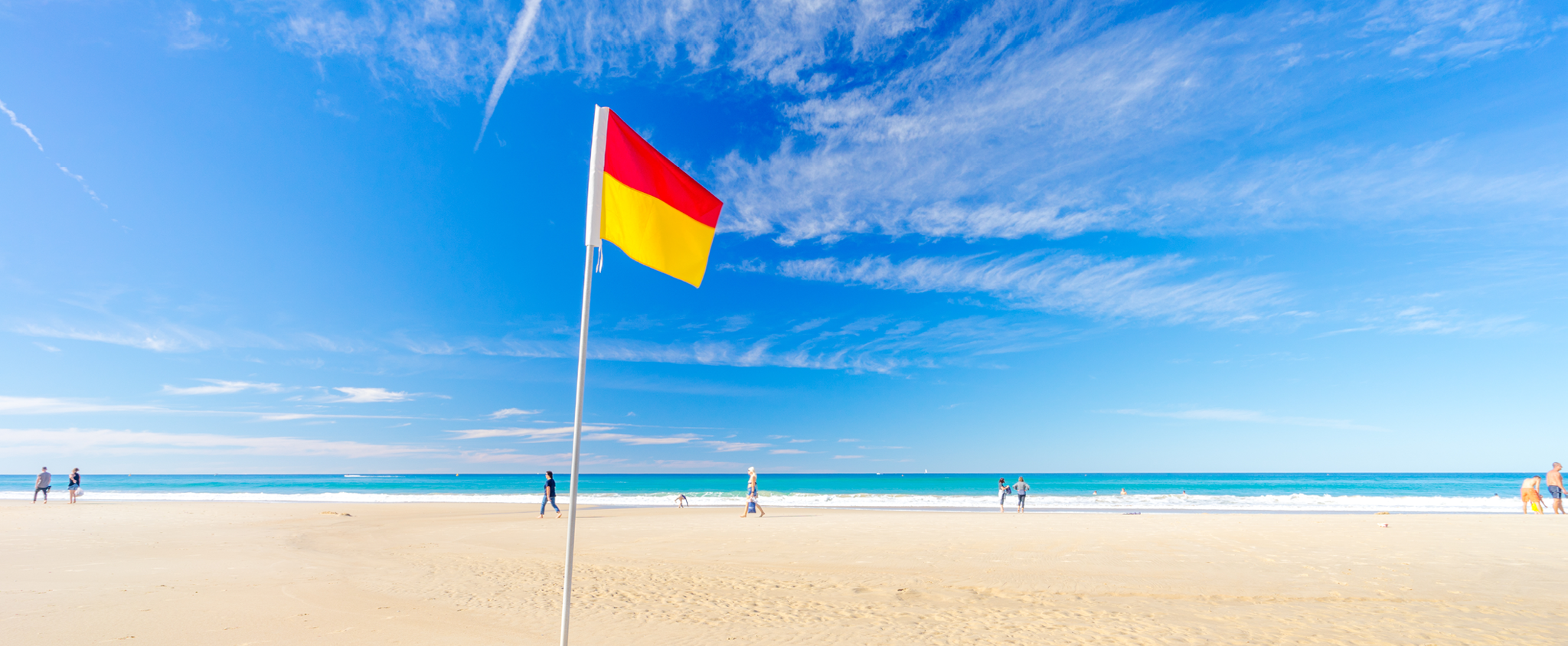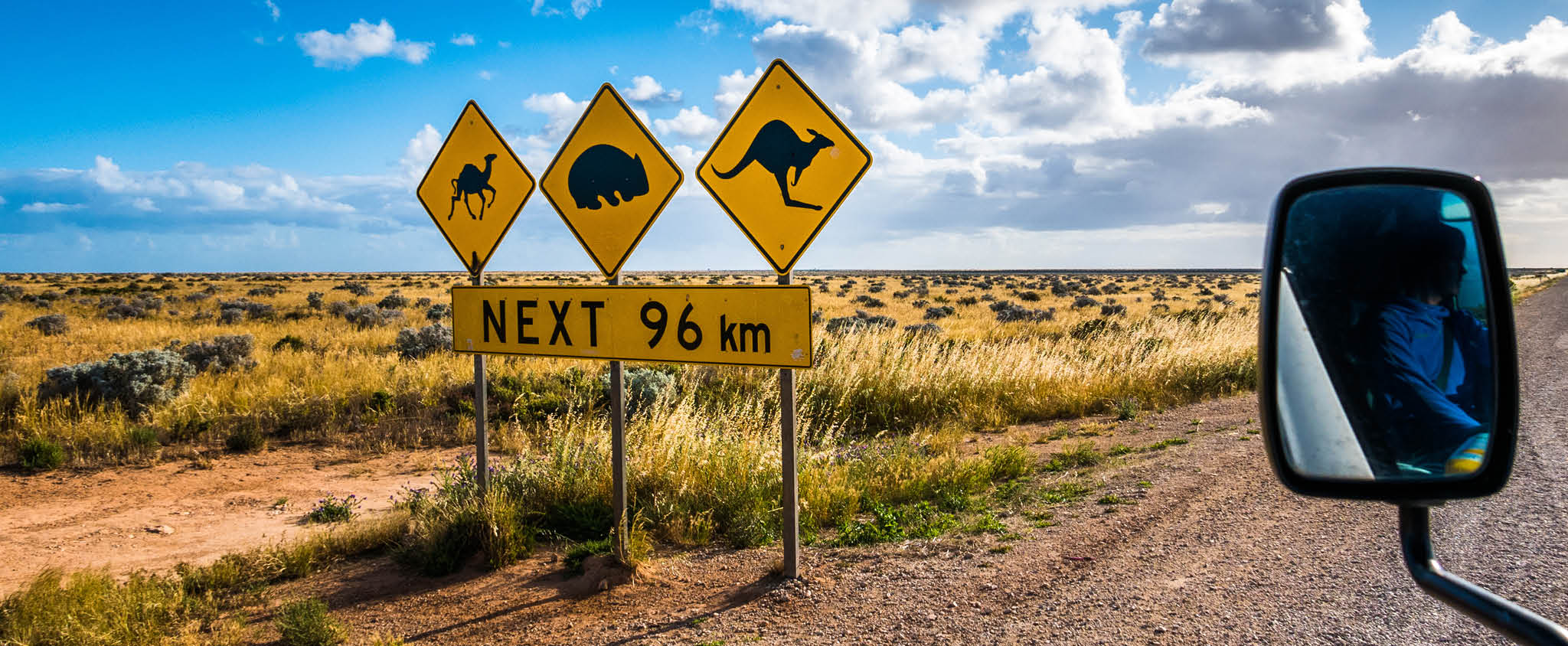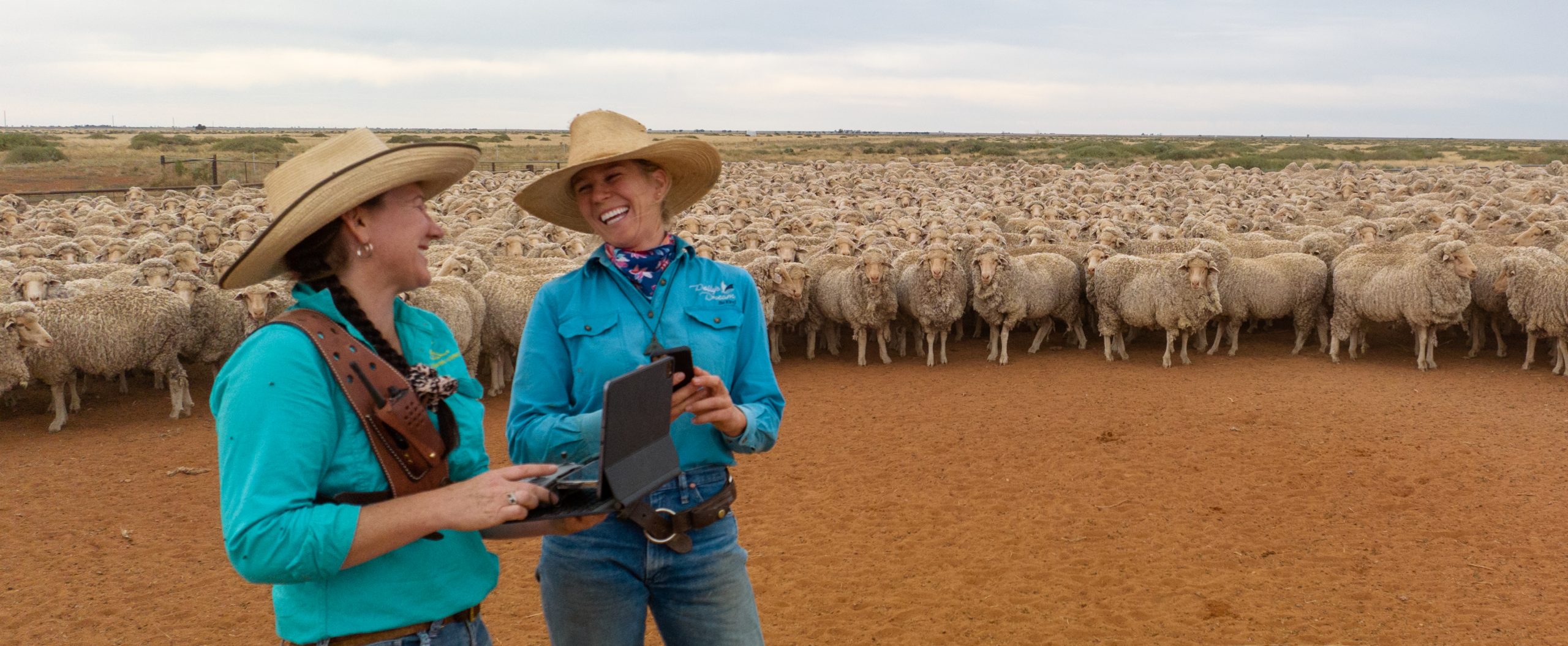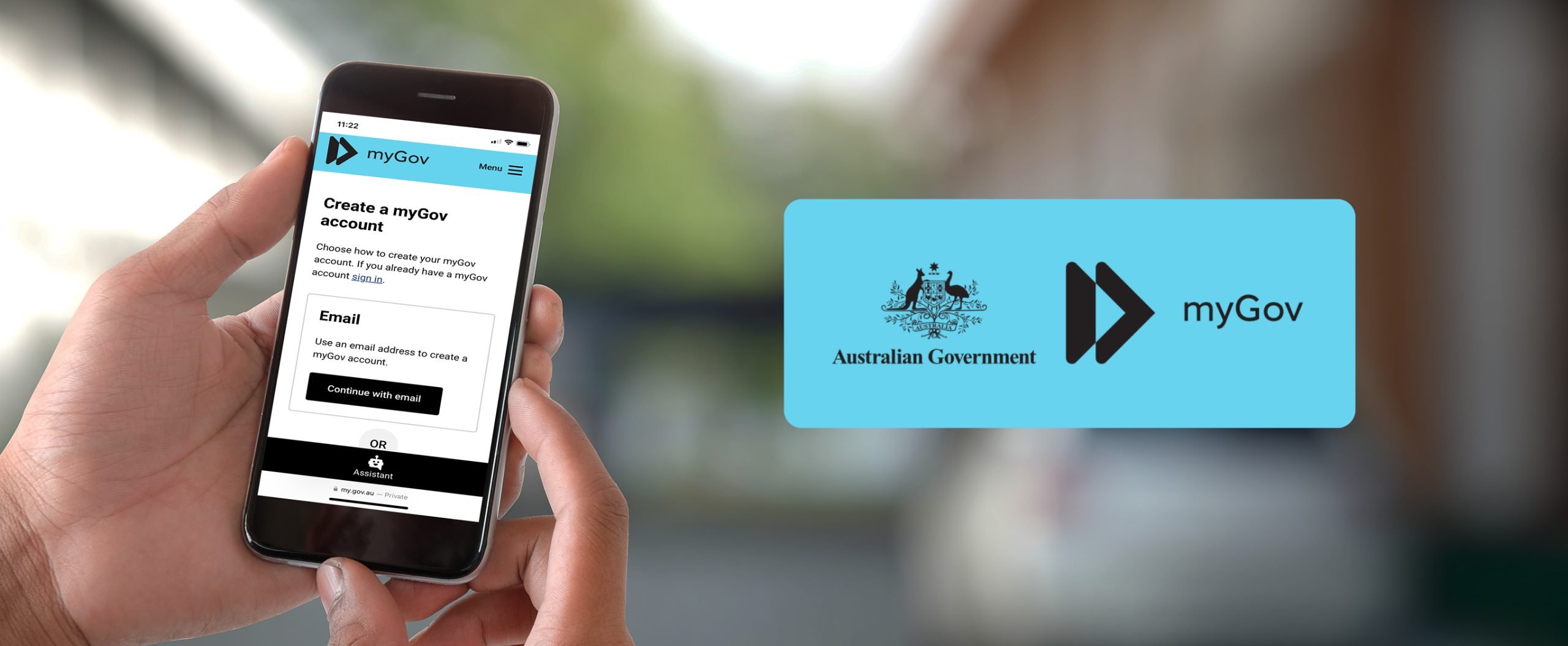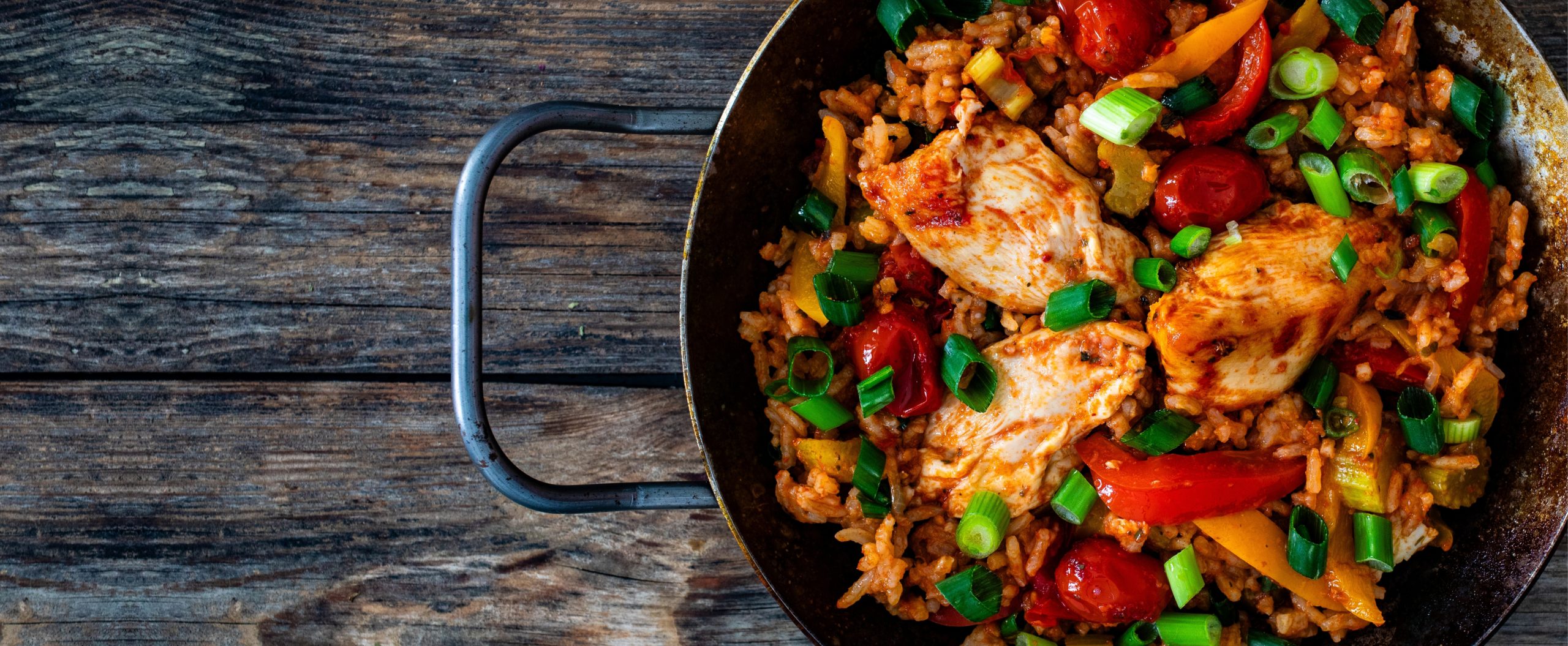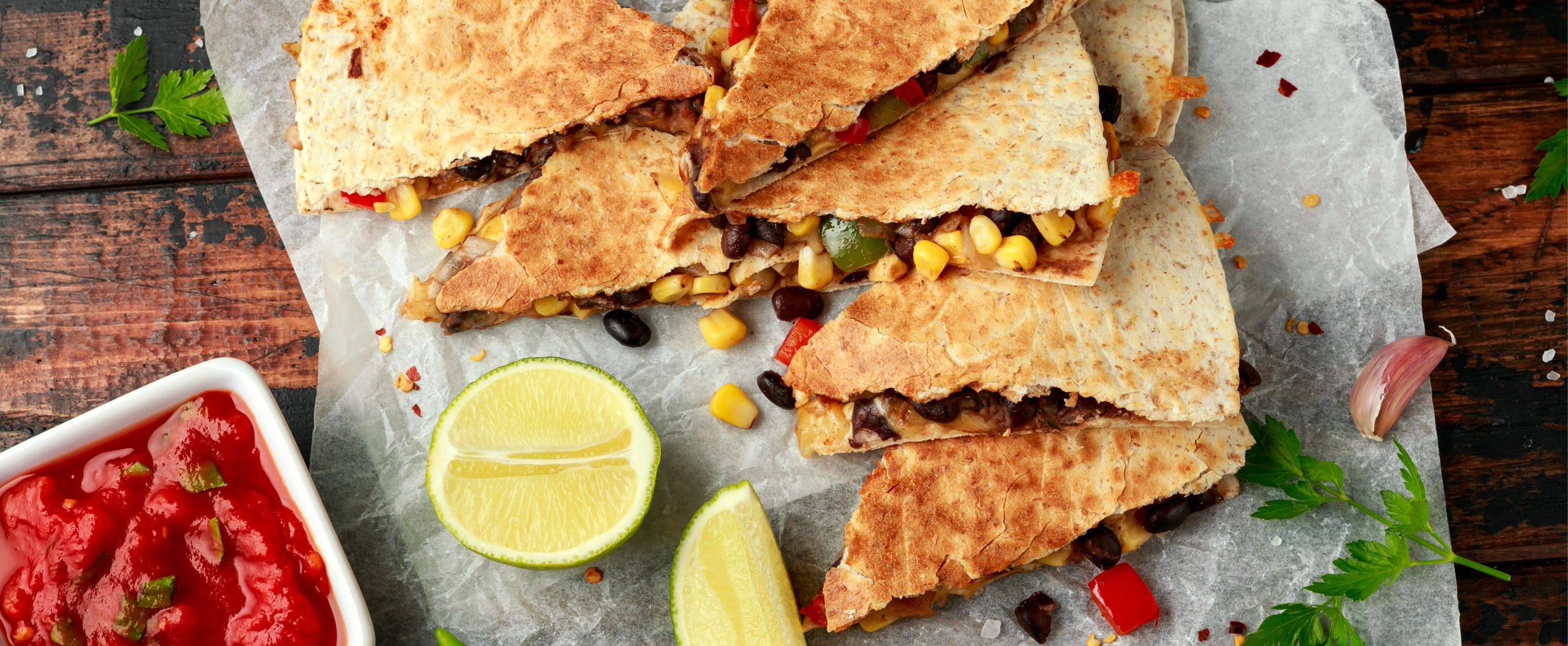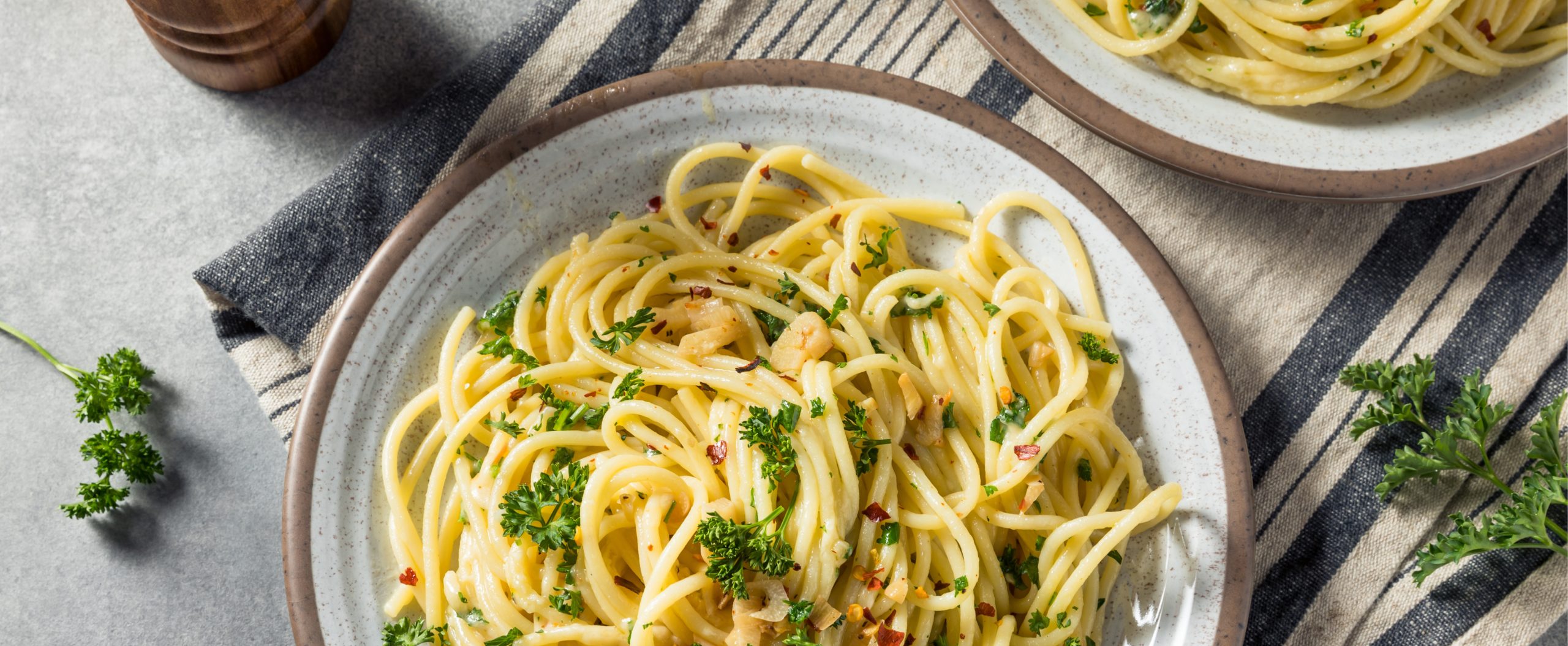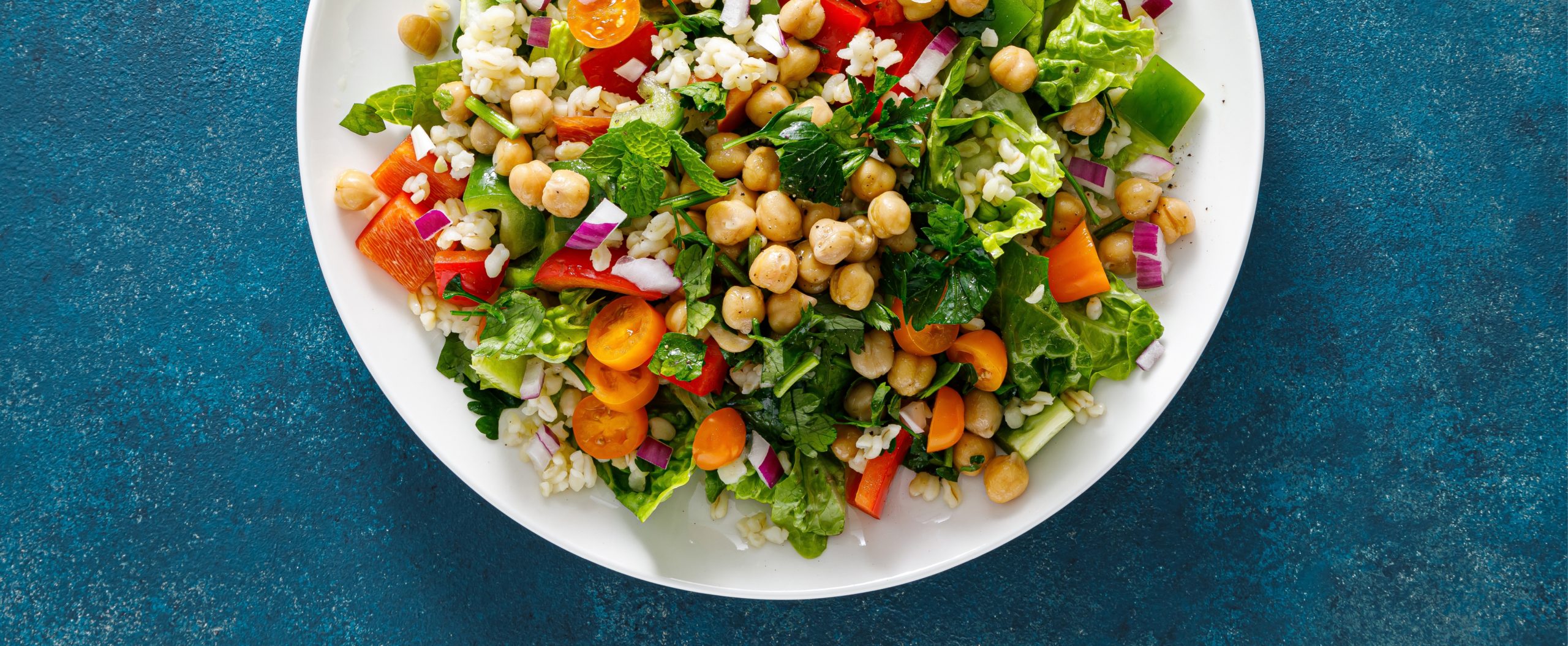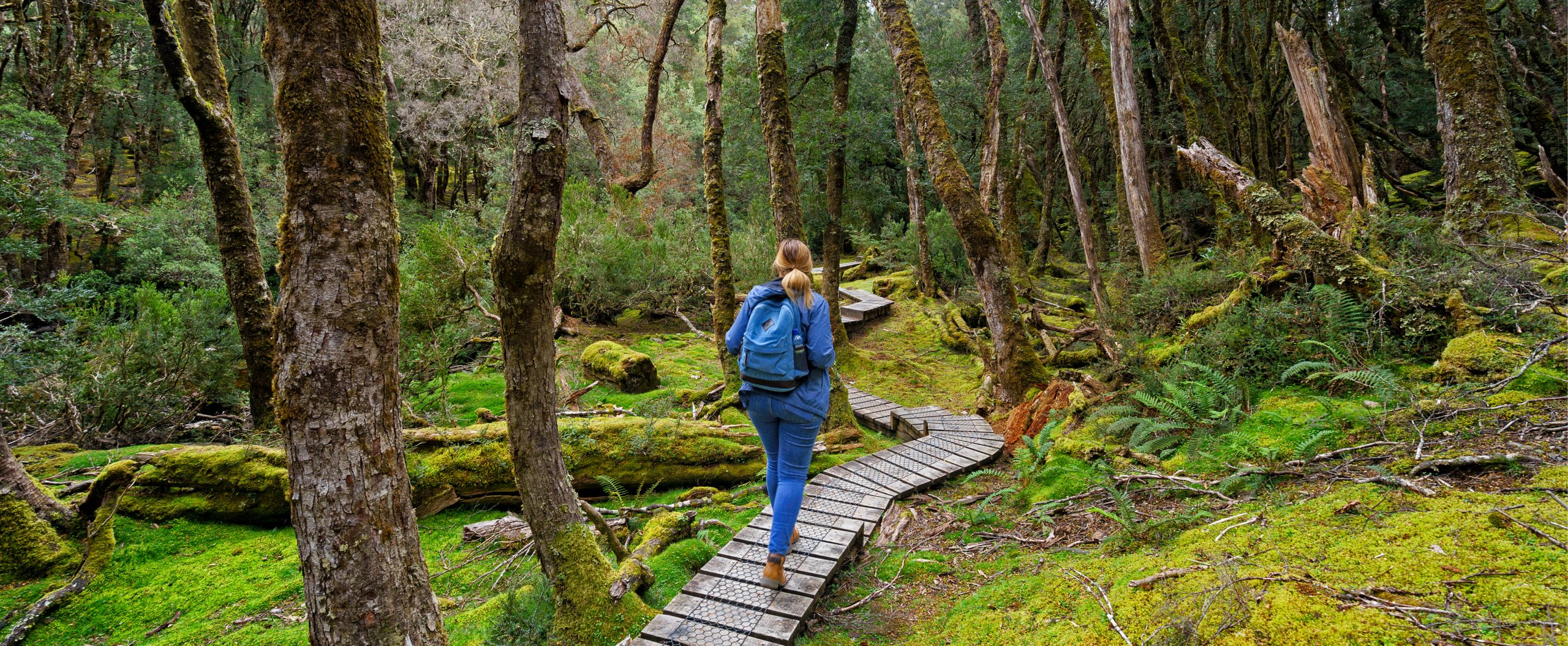Hi #MyAgriFamily! Are you a candidate working in the 2024 blueberry harvest? If so, we have an exciting opportunity for you to share your experience for the chance to win $500 AUD with our Instagram video competition! All you need to do is create a reel that captures your unforgettable experience in this year’s blueberry harvest, and share it with our #myagrifamily community.
Capture your blueberry harvest experience
To enter, it’s as easy as creating a short video or reel that showcases your unforgettable experiences with Agri Labour Australia and the amazing agventure you’ve had working in the blueberry harvest.
Share your best blueberry moments for the chance to win!
Sunrises, delicious blueberries, outback travel and the friendships you’ve made are just some ideas that could inspire your entry. Get creative and give us an insider’s look at what makes working in an Australian blueberry harvest such an unforgettable experience. Whether that’s being surrounded by nature, building lifelong friendships with fellow candidates, or enjoying the fruits (pun intended!) of your hard work.
How to enter
To apply, all you need to do is:
- Follow Agri Labour Australia on Instagram here
- Upload your blueberry harvest reel to your Instagram account and tag us in it via @agrilabourau
- Tag #myagrifamily
Competition terms and conditions
- Entries will close when the last blueberry has been picked and the season our candidates have participated in has officially ended.
- To be eligible for the prize, you must be in Australia to receive it.
- You must have worked with Agri Labour Australia in the 2024 blueberry harvest.
- Safety first! Please refrain from any dangerous filming or activities. Any submissions containing unsafe activities will be disqualified.
- Ensure compliance with any site-based mobile phone or footage-based rules. You must have the proper permission and do not film at times or in places where you do not have clearance.
- By sharing your video with us, you’ll be giving Agri Labour Australia authority to share it on our Instagram page and our website when we announce the competition winner. So if you don’t want anyone to see it, this competition isn’t for you.
Don’t miss this exciting opportunity to share your #myagrifamily moments and have a chance to win $500 AUD. We can’t wait to see your incredible reels showcasing your blueberry agventure.
